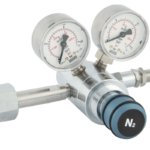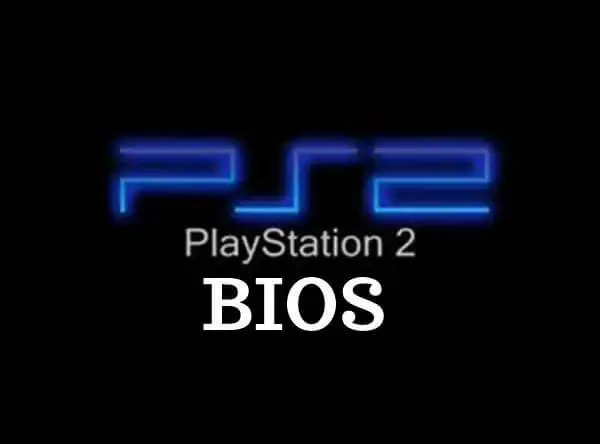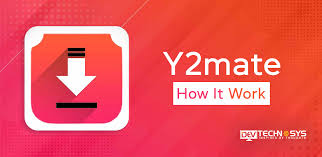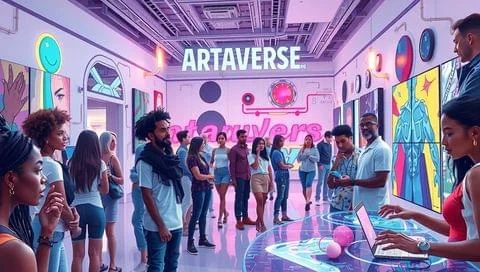The PS2 BIOS is one of the most essential yet often misunderstood components behind the legendary PlayStation 2 gaming experience. For many players, the PS2 was not just a console; it was a gateway to a golden era of gaming, where storylines, gameplay mechanics, and innovation reached new heights. Today, with technology evolving and nostalgia driving players to relive their favorite titles, the PS2 BIOS continues to play a crucial role in preserving and recreating those memories through emulation.
What Exactly Is PS2 BIOS?
To understand the PS2 BIOS, you first need to grasp what BIOS means. BIOS stands for “Basic Input Output System.” In the context of the PlayStation 2, it refers to the software stored on a chip inside the console that controls how the hardware communicates with the system. The PS2 BIOS initializes the hardware components every time you power on the console and prepares the system to load games and manage input devices.
Without the BIOS, the console would not know how to boot a game, read discs, or process controller input. Think of it as the bridge between the machine’s physical hardware and the software that makes your favorite PS2 games come to life.
Why the PS2 BIOS Is So Important for Emulation
In the modern era of gaming, emulation allows players to enjoy classic games on their computers or handheld devices. However, no emulator can function properly without the right system BIOS. When it comes to the PS2 BIOS, this is especially true because of how tightly Sony integrated hardware and software functions.
An emulator mimics the console’s architecture, but it needs the BIOS to accurately replicate the system’s environment. Without it, many games would fail to boot, display errors, or perform inconsistently. The BIOS ensures that the emulator behaves as close to the original hardware as possible, delivering the authentic PS2 experience fans expect.
How the PS2 BIOS Impacts Game Compatibility
The PS2 BIOS directly affects how well games run on an emulator. Because Sony released several versions of the BIOS across different regions—such as Japan, the United States, and Europe—each version has unique characteristics and compatibility levels. Certain games perform better under specific BIOS versions, and some may even require a particular regional BIOS to work at all.
For instance, a Japanese-exclusive title might not run smoothly or at all under a European BIOS version. That’s why many gamers experimenting with emulation pay attention to which BIOS they’re using, ensuring the version aligns with the region of the game they want to play.
The Evolution of the PS2 BIOS
As the PlayStation 2 evolved, so did its BIOS. Sony released multiple revisions throughout the console’s lifespan, improving stability, performance, and compatibility with newer games. Each BIOS version introduced subtle changes that influenced how the system handled memory cards, controller inputs, and even security protocols.
The early BIOS versions focused on establishing the foundation for the PS2’s powerful Emotion Engine, while later iterations refined performance and game-loading times. Over time, these updates created a range of BIOS versions that enthusiasts now carefully select when setting up emulators to achieve the best results.
Legal Aspects of PS2 BIOS Usage
When discussing the PS2 BIOS, it’s important to address its legality. The BIOS is proprietary software owned by Sony, meaning it cannot be distributed or shared legally online. For ethical and legal reasons, players are encouraged to extract their own BIOS file directly from a personal PS2 console they own.
Emulation itself is not illegal; what crosses the line is downloading copyrighted BIOS files or game ROMs without owning the original copies. By backing up your own system’s BIOS, you preserve your personal gaming collection while staying within the boundaries of the law.
Setting Up the PS2 BIOS for Emulation
Configuring an emulator with the PS2 BIOS is an essential step in recreating the console’s environment. The BIOS file acts as the system’s core, determining how the emulator interacts with virtual hardware components like the graphics engine, audio processor, and memory units. Once properly installed, the emulator can load and run PS2 titles with high accuracy.
A properly configured BIOS not only enhances performance but also eliminates many glitches that arise from incomplete or inaccurate emulation. It ensures smoother frame rates, proper controller response, and correct memory card management, giving the player an experience close to playing on the actual hardware.
Regional Variants of the PS2 BIOS
The PS2 BIOS comes in several regional variants, each designed for specific markets. The primary regions include NTSC-U (United States), NTSC-J (Japan), and PAL (Europe). Each version differs slightly in timing, language support, and video output standards.
Gamers using emulators often experiment with different BIOS versions to find the one that delivers the best compatibility for their library. For instance, PAL BIOS versions are ideal for European releases that rely on 50Hz refresh rates, while NTSC BIOS versions better suit games designed for 60Hz playback. Understanding these differences helps players fine-tune their emulation setup for the best possible results.
Technical Role of the PS2 BIOS in System Boot
When a PlayStation 2 is powered on, the PS2 BIOS performs several behind-the-scenes operations. It tests the hardware, initializes the system’s memory, and verifies the presence of a valid game disc. The BIOS also handles essential functions like setting the system clock, configuring audio and video outputs, and preparing the environment for game execution.
During emulation, these same operations are replicated. The BIOS loads the splash animation, checks virtual components, and establishes communication between the emulator and the system’s software. Without this critical sequence, the emulator would not know how to interpret or run the game’s code, resulting in crashes or blank screens.
How the PS2 BIOS Preserves Gaming History
Beyond its technical importance, the PS2 BIOS plays a major role in preserving gaming history. As physical hardware ages and becomes harder to find, emulation provides a way to keep classic games accessible for future generations. The BIOS acts as the backbone of this preservation process, allowing old titles to run as they did decades ago.
Without the BIOS, much of the PS2’s extensive library would be lost to time. Emulation powered by an authentic BIOS ensures that developers, historians, and fans can continue to experience and study these games as interactive cultural artifacts rather than forgotten software.
Read More: https://newusamarket.com/ps2-bios-download/
The Relationship Between PS2 BIOS and PCSX2
PCSX2 is one of the most popular PS2 emulators available, and its performance depends heavily on the PS2 BIOS. The emulator cannot function without it, as the BIOS contains crucial data needed to replicate the PS2’s operating environment. When paired with a correctly dumped BIOS file, PCSX2 can emulate thousands of games with remarkable accuracy and visual enhancements.
Many players use PCSX2 to upscale graphics, apply texture filters, and even modify game performance—something the original console could not do. Yet all of this depends on the BIOS providing the base layer of compatibility and functionality.
Performance Enhancements Linked to PS2 BIOS
One fascinating aspect of the PS2 BIOS is its impact on performance tuning. Different BIOS versions may lead to slightly different frame rates, load times, and controller responsiveness in emulators. Some players swear that older BIOS versions offer smoother gameplay for specific titles, while others find newer revisions more stable overall.
These variations occur because each BIOS revision was optimized for the console hardware available at the time. As the PS2’s manufacturing process evolved, so did its internal architecture, requiring minor BIOS updates to ensure optimal compatibility. Emulators capture these nuances, allowing users to experiment and discover which version best suits their system.
The Emotional Connection Behind the PS2 BIOS
For many gamers, the PS2 BIOS is more than just a piece of system software—it’s a nostalgic trigger. The moment the BIOS logo appears on screen, accompanied by its iconic chime, players are instantly transported back to their childhoods. That sound signifies countless hours of adventure, competition, and discovery.
Even in emulation, the BIOS retains its emotional significance. It represents authenticity, signaling that the game is about to run exactly as it did on the original hardware. For fans of the PlayStation 2 era, that feeling is irreplaceable.
Future of the PS2 BIOS in Modern Emulation
As technology advances, the role of the PS2 BIOS continues to evolve. Modern emulators now incorporate AI-driven upscaling, hardware acceleration, and improved compatibility layers, yet the BIOS remains the foundation of accurate emulation. Developers are constantly refining how emulators interact with BIOS data to achieve faster loading times and higher frame rates while maintaining faithfulness to the original hardware.
In the future, the PS2 BIOS may even help pave the way for cloud-based emulation, allowing players to enjoy PS2 classics directly through streaming platforms without needing powerful local hardware. Even then, the BIOS will remain the crucial element ensuring every game behaves as it should.
Conclusion
The PS2 BIOS stands as the unsung hero of PlayStation 2 gaming, connecting the worlds of hardware, software, and memory. It ensures that emulators faithfully replicate the original console’s behavior while preserving gaming history for generations to come. From the technical complexities of hardware initialization to the emotional resonance of its startup screen, the BIOS embodies the soul of the PS2 experience.
As long as gamers continue to seek out their favorite titles and relive the magic of the early 2000s, the PS2 BIOS will remain an essential part of that journey—a quiet yet powerful reminder of how far gaming technology has come and how deeply those memories still resonate today.
Read More : https://newusamarket.com/ps2-bios-for-pcsx2/










